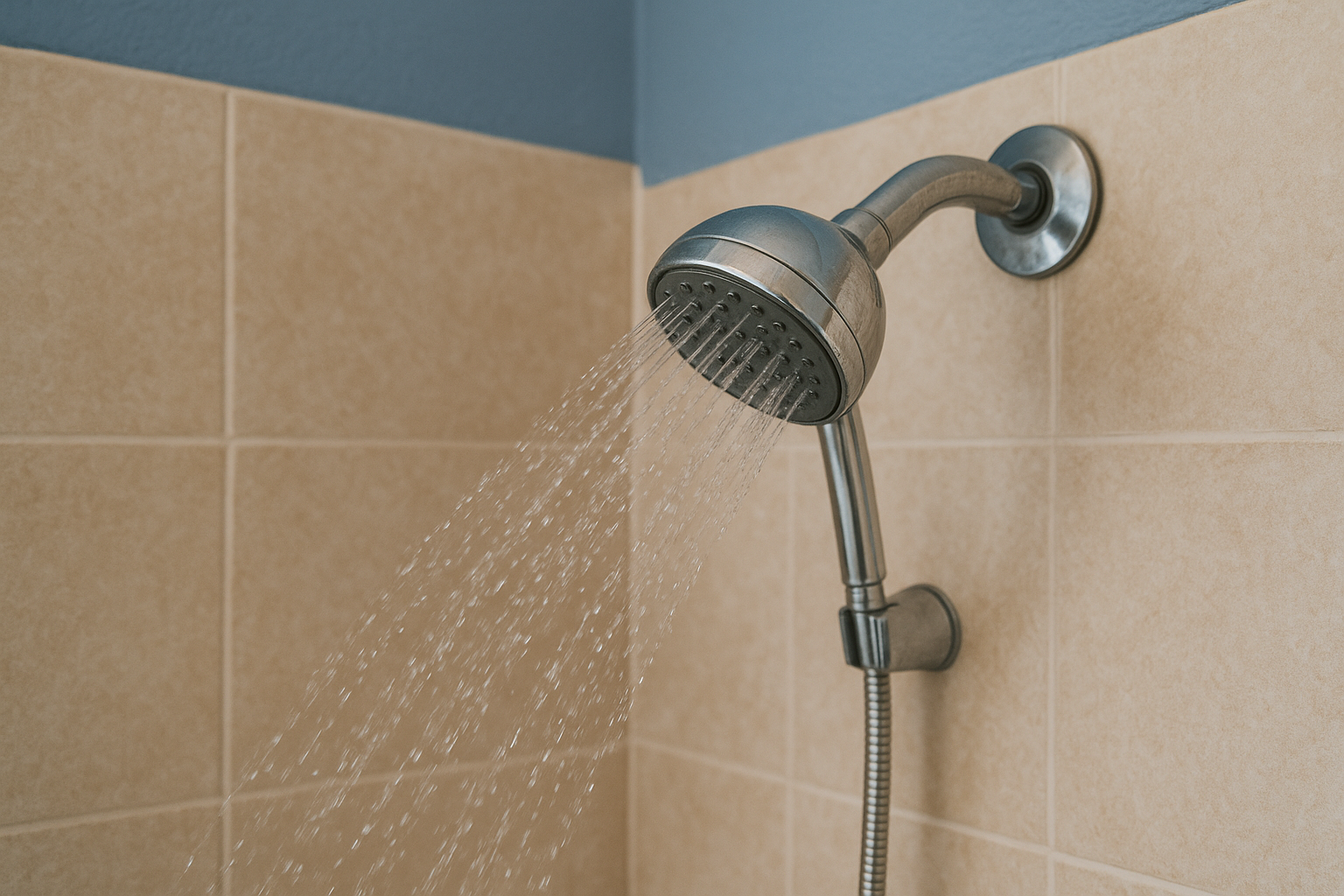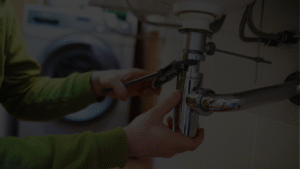Have you ever thought why that annoying sound fills your bathroom as soon as you switch on the tap? A shower in the morning must be serene every day. Nonetheless, it may be an indicator of concealed issues. High pressure, deteriorated cartridges, loose washers, trapped air and decayed valve seats cause that irritating noise. It does not sound like much, but your screaming shower is talking to you. Simple steps can help you stop your squeaky shower effectively.
Plumbing is a sensitive system, and strange sounds are an indicator of the behind the scenes problems. Be it high water pressure or the fact that the system requires replacement of certain parts. The majority of the issues will be resolved without the need to change your entire system. Here, one will find out the top reasons behind shower squeals, some troubleshooting, and clever, realistic means of regaining some tranquillity in the bathroom routine. These solutions will help you easily stop your squeaky shower and restore peace.
1. High Water Pressure
Shocking water pressure does more than create a sound that is unpleasant, according to Expert Personnel. Vibrations make a piercing sound when the water passes through your pipes too fast. It may also destroy washers, valves, and fittings, reducing their life. To test, a simple water pressure gauge at a tap is used. High pressure is anything beyond 60 psi. A pressure reducing valve (PRV) reduces the flow to a safe amount, eliminates squeals. So, helps avoid permanent damage to your plumbing system so your daily bath unit can remain quiet and relaxing. This is one of the most effective ways to stop your squeaky shower.
2. Fix Worn Cartridge
Your shower cartridge reminds the heart of your fixture, which controls the flow of hot and cold water. Gradually, it can be worn out through friction and mineral accumulation. A damaged cartridge allows water to pass through minute holes, creating a squeezy sound each time you switch on the water unit. The other indicators are uneven temperature or drips when turned off. One has to switch off the water, take off the handle, and replace it with another one.
This minor improvement returns the flow to a normal, removes squeals, and makes your bath fixture immediately better. The maintenance of your bath unit is regular and will make your shower run quietly and efficiently. Such regular care can help you stop your squeaky shower quickly.
3. Friction from Loose Washers
These little washers in your faucet might not be a very big deal, but they can be a great source of noise when worn or loose. The irritating sound is because of vibrations produced by the water when it moves repeatedly over the washer, subsequently stirring the metal and the threads themselves.
The problem is usually solved by removing the handle, checking the washers, and replacing those damaged. In case of observation of mineral deposits, they can be cleaned quickly by the use of vinegar to avoid future damage. The correctly set up washers not only eliminate the squeal but also eliminate the water leakage and save water. Thus transforming your annoying bath unit into a relaxing, stress-free experience. This easy step will also help stop your squeaky shower permanently.
4. Air in Pipes
The squealing is not always of broken components; they are of strangled air. Repairs made in plumbing or maintenance, or water mains, or repairs might leave air pockets in your pipes. These air pockets produce noise and vibrations when the water passes. To repair, turn on all faucets and run water for a few minutes. This purges the air out of the system, thus easy to move water. It can usually be completely removed using a free, simple fix, where you have peace and calm without calling in a plumber. It’s one of the simplest ways to stop your squeaky shower without tools.
5. Valve Seat Wear and Tear
Valve seats are used to attach the cartridge to the faucet and form a water-tight seal. With time, wear, corrosion, or grooves may occur that will allow the water to leak out in the wrong way and cause noise. Some of the indicators are dripping taps and irregular flow. The first step is to remove the cartridge and check the valve seat. You are able to grind shallow grooves or change the seat in case of necessity. A valve seat that is in excellent shape gives good sealing, prevents squealing, and assists in the consumption of water
6. Vibrating or Loose Pipes
In other cases, it is not the sprayhead but the pipes. Water travelling through loose pipes will vibrate and rattle. Check uncovered plumbing, tighten loose brackets, and cushion where it is needed. Pipe vibrations may increase in multi-story homes, and therefore, the noise may be even louder. Securing fasteners and minimising, movement of the pipes will help to get less squeal. It also increases the life of your plumbing, making your bathroom quiet and your pipes always in good condition.
7. Pipes That Are Too Narrow
Pipes that are incorrectly sized may form areas of high pressure where the water travels at a high speed through narrow holes with sounds. Old houses might have very thin pipes that do not fit well with the new fixtures. Options such as the possibility to upgrade to the correct size of pipes or install flow regulators are available. Professional advice is advisable to make the right installation. Well-dimensioned pipes enable water to circulate freely and reduce vibrations and constant squealing.
Conclusion
Even though a squeaky bathroom unit is a minor issue. It can still be a sign of more serious issues that could cost a lot of money if ignored. The reasons are usually high pressure of water, old cartridges, mineral deposition, and trapped making and loose pipes. It is usually solved by simple solutions such as cleaning, changing worn-out parts, or making some simple adjustments.



